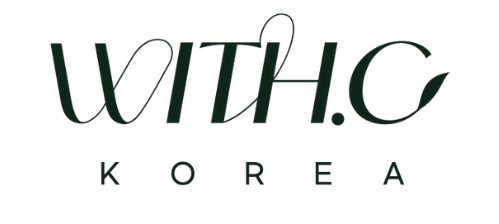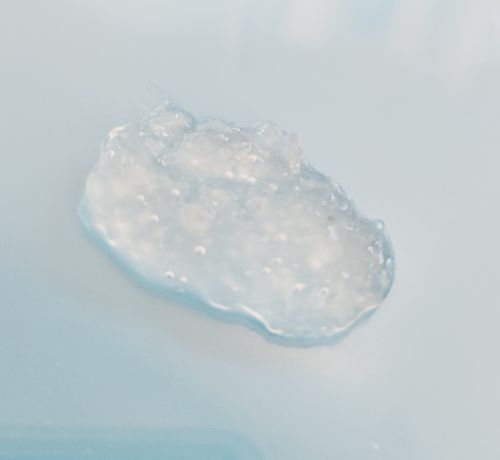There are various types of cleansers.
Depending on pH levels, they can be alkaline, neutral, or slightly acidic.
In terms of texture, there are gel-type, cream-type, and jelly-type cleansers, and there are even cleansers in powder form.
Below are photos of WITH.C KOREA’s jelly cleanser and powder cleanser.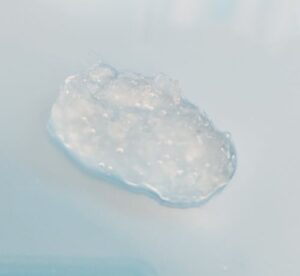
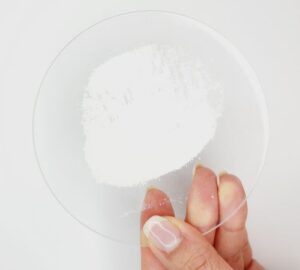
A powder-type cleanser transforms into a foaming and slime-like texture upon adding water, so we can use it as both a cleanser and a face mask.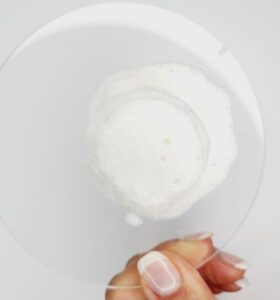
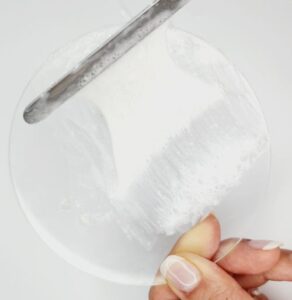
I briefly introduced cleansers based on their textures.
Then, What cleanser should oily skin and dry skin use?
Oily skin is usually more suitable for alkaline cleansers.
Oily skin needs to control excessive sebum secretion, which is mainly composed of lipids such as neutral fats and fatty acids.
Alkaline cleansers can effectively break down and dissolve sebum through the saponification process. Just like soap removes grease, sebum is better emulsified in an alkaline environment.
On the other hand, dry or sensitive skin is suitable for mildly acidic or neutral cleansers.
Mildly acidic cleansers may have less cleansing power than alkaline ones, but since double cleansing is usually done after makeup, impurities on the skin can be sufficiently washed away.
In particular, mildly acidic cleansers maintain the slightly acidic environment (PH 4.5~5.5) that healthy skin originally has even after cleansing.
Cleansers can be broadly divided into mildly acidic and alkaline.
Unfortunately, most consumers do not know whether the products they use are mildly acidic or alkaline.
Mildly acidic products are often marketed as being non-irritating to the skin, whereas alkaline products are not.
In such cases, you can check the full ingredient list.
Alkaline cleansers use various emulsifiers, such as myristic acid, stearic acid, palmitic acid, etc., at the top of the ingredient list.
They also use strong bases like potassium hydroxide to adjust the product’s PH.
On the other hand, mildly acidic cleansers do not have acids at the top of the ingredient list, and even if they do, they appear as minor ingredients.
The most commonly used surfactants are sodium cocoyl glycinate (SCI) and sodium lauroyl glutamate (SLG).
A representative mildly acidic cleanser is Round Lab’s “1025 Dokdo Cleanser“
Dokdo Cleanser is marketed as a mildly acidic product in Korea, making it easy to identify its type.
Looking at the top ingredients, you will see purified water, glycerin for moisture and separation prevention, and other surfactants.
The most used surfactants in Dokdo Cleanser are sodium cocoyl isethionate and sodium methyl cocoyl taurate.
These are coconut-derived anionic surfactants known for their excellent cleansing power and rich foam.
Below pictures are Dokdo cleanser.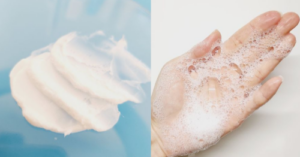
As for alkaline cleansers, there is Skin1004’s “Centella Pore Minimizing Deep Cleanser”.
Looking at the full ingredient list of Centella cleanser, myristic acid is at the top.
You will also find purified water-based extracts, glycerin for moisture and separation prevention, and other emulsifiers and potassium hydroxide in the Centella cleanser also.
To determine which product is suitable for your skin, first understand your skin type and then select a product accordingly.
If you are unsure about your skin type, you can refer to WITH.C KOREA’s “What Is My Skin Type? 16 Types Of Skin MBTI.“
I hope this helps! If you have any other questions, feel free to ask!
